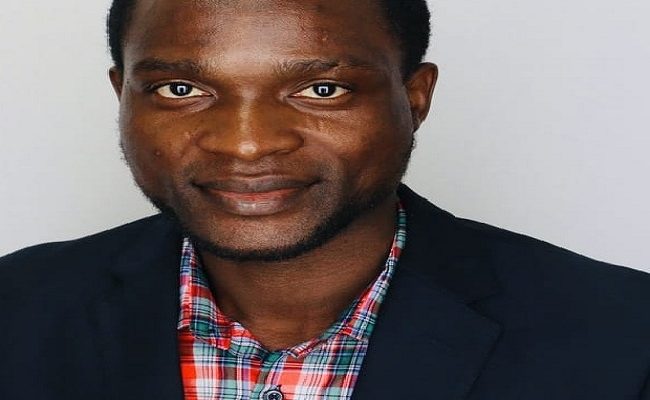
Climate change presents an unprecedented global challenge, mainly driven by increasing greenhouse gas emissions. Among these gases, carbon dioxide (CO₂) stands out as the most critical, primarily released by burning fossil fuels for industrial and energy production. Geological carbon sequestration (GCS) represents one of the most promising strategies for tackling this issue, as it captures and stores CO₂ underground, thereby lowering atmospheric concentrations and preventing its contribution to global warming.
As a graduate research assistant in the Department of Geology at the University of Georgia, USA, I am researching geological carbon sequestration (GCS) in complex porous media. My research focuses on understanding how CO₂, a major greenhouse gas, can be securely stored in subsurface rock formations.

However, ensuring the long-term safety and efficiency of this process requires precision, advanced modeling techniques, and innovations in data analysis.
Focusing on addressing significant issues related to CO₂ storage, GCS research has made remarkable progress in recent years. CO₂ emissions are captured from power plants or industrial sources, compressed into a supercritical state, injected into deep geological formations, and interacted with rock and brine (salty water). These formations, typically made up of carbonates or porous sandstones, have enough pore space needed to store CO₂, while the impermeable caprocks above them serve as natural barriers to prevent upward migration.
Once injected, the CO₂ interacts with the formation’s rock and brine (salty water), being trapped through various mechanisms, including structural trapping (sealed by rock layers), residual trapping (contained in pore spaces), dissolution trapping (dissolved into the brine), and mineral trapping (converted into stable minerals).
However, these processes encounter challenges. Scientists must ensure that CO₂ remains securely stored, preventing leakage into the atmosphere or contamination of groundwater for hundreds or even thousands of years.
My research tackles these challenges by integrating pore-scale geophysical modeling with machine learning techniques to predict CO₂ behavior in intricate porous media. At the pore scale—the microscopic spaces between rock grains—fluids such as CO₂ and brine interact in highly dynamic and unpredictable manners. By examining these interactions, my work uncovers how CO₂ displaces brine, migrates through the pores, and stabilises within the formation.
At the microscopic level, even the smallest changes in fluid behaviour can have significant implications for the safety and efficiency of carbon storage.
The hybrid models utilise numerical simulations to recreate real-world subsurface conditions, incorporating parameters like fluid pressure, capillary forces, and permeability. These simulations are then enhanced with machine learning algorithms, which analyse large datasets to identify patterns, predict outcomes, and improve the accuracy of models.
I also utilise geophysical data, such as seismic velocity and electrical resistivity, to assess subsurface conditions and monitor CO₂ movement. By integrating these techniques, these models predict the behaviour of CO₂ in storage formations and provide insights into site selection, storage capacity, and potential risks.
Machine learning allows us to process and interpret complex datasets in impossible ways. It allows us to predict how CO₂ will behave under varying conditions and ensures that we choose the best sites for safe storage.
This work is significant as the world races to achieve net-zero emissions. Carbon sequestration is one of the most promising solutions for mitigating climate change, and my research provides the foundational knowledge needed to improve its safety and efficiency. Beyond its environmental significance, this research supports the global transition to sustainable energy systems. Reliable CO₂ management solutions enable industries to continue operating while minimising their carbon footprint.
Geological carbon sequestration represents a bridge to a sustainable future. By combining data-driven innovations with geophysical insights, we can help protect the planet for future generations. My research advances the scientific understanding of carbon sequestration and demonstrates the power of interdisciplinary approaches to tackling global climate challenges.
The work is vital to realising GCS’s full potential as a transformative tool in the fight against climate change.
Raymond Aderoju is graduate research assistant in the Department of Geology, University of Georgia, USA.
READ ALSO: Experts call for united action on draft climate change law in Africa








